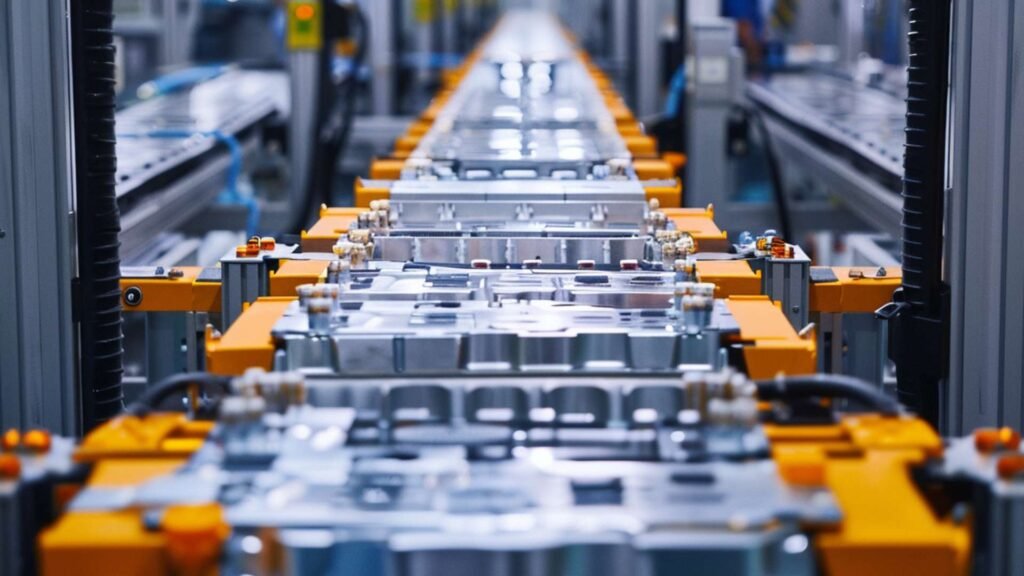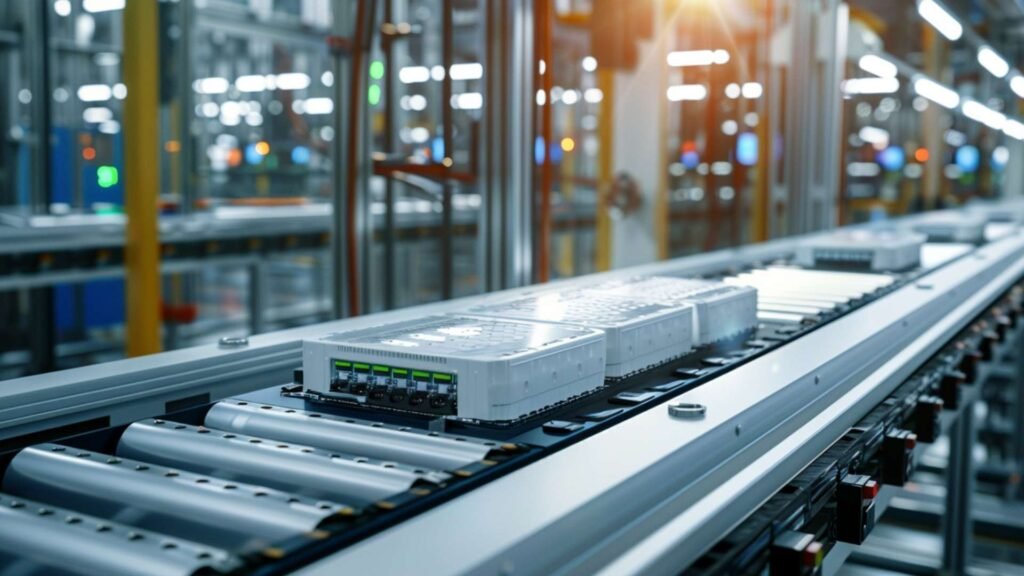1.Harm of Electrode Winding Misalignment in Lithium Batteries
Electrode winding is a crucial process in the manufacturing of lithium-ion batteries. However, in practical operations, misalignment of electrode winding can occur, impacting battery performance and potentially affecting production efficiency negatively. This article delves into the possible causes of electrode winding misalignment and effective measures to address this issue.

2.Basic Principles of Battery Electrode Winding Misalignment
Let’s understand the fundamental principles of electrode winding. During winding, the separator is placed between electrodes to provide isolation and support. The tension of the separator is vital for maintaining orderly winding of electrodes. Insufficient or uneven tension of the separator can result in deviations from the expected winding pattern, leading to misalignment.
3.Resolving the Issue of Electrode Winding Misalignment in Lithium Batteries
To address electrode winding misalignment caused by insufficient or uneven separator tension, several approaches can be adopted:
(1) Ensure Uniform Separator Tension:
Regular checks of separator tension by operators are essential. If uneven tension is detected, immediate adjustments should be made. Methods for adjustment may include altering the length of the separator, replacing it with a new one, or adjusting parameters of the winding machine. Additionally, regular maintenance of the separator is necessary to ensure its longevity.
(2) Inspect and Repair the Tension Control System of the Winding Machine:
Proper functioning of the tension control system is crucial for maintaining stable separator tension. If any issues are identified with the tension control system, operators should promptly notify maintenance personnel for inspection and repairs. When replacing components, compatible parts with the original system should be chosen to ensure stable operation.
(3) Check the Winding Shaft and Related Components of the Winding Machine:
The winding shaft is a critical component for ensuring orderly electrode winding. Any issues with the winding shaft, such as wear or loosening, can lead to electrode misalignment. Therefore, operators should regularly inspect the winding shaft and its related components and replace them promptly if necessary.
(4) Adjust the Winding Speed of the Winding Machine:
Both excessively fast and slow winding speeds can result in electrode misalignment. Therefore, operators should adjust the winding speed based on actual conditions. During the adjustment process, close attention should be paid to the winding condition of the electrodes to ensure they remain orderly and stable.
(5) Adjust the Winding Tension of the Winding Machine:
Proper winding tension is crucial for ensuring orderly electrode winding. Excessive or insufficient tension can both lead to electrode misalignment. Hence, operators should adjust the winding tension based on actual conditions. During adjustment, close attention should be paid to changes in separator tension to ensure it remains within a stable range.
(6) Enhance Operator Skill Levels:
Operator skill levels play a key role in preventing and addressing issues with electrode winding misalignment. Therefore, regular training and education should be provided to operators to enhance their skill levels and sensitivity to problems. This approach can better prevent and resolve issues with electrode winding misalignment, thereby improving production efficiency and product quality.

Resolving the issue of electrode winding misalignment in lithium batteries requires consideration from multiple perspectives. Operators need to conduct regular checks and adjustments of separator tension, inspect and maintain tension control systems, examine and replace winding shafts and related components as necessary, adjust winding speed and tension parameters, and enhance operator skill levels. By implementing these measures, electrode winding misalignment issues can be effectively prevented and resolved, thereby improving production efficiency and product quality. Additionally, companies should prioritize equipment maintenance and management, establishing comprehensive equipment management systems to ensure the normal operation and longevity of equipment.

